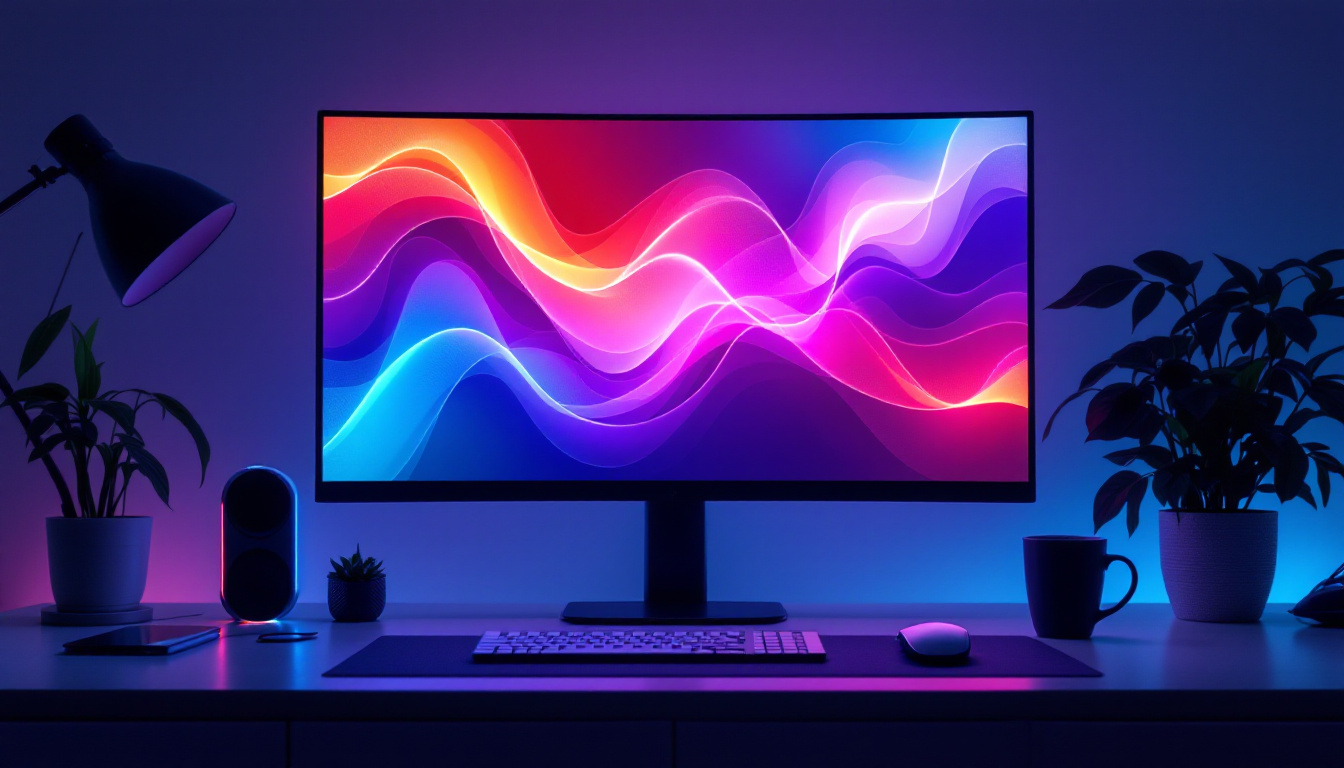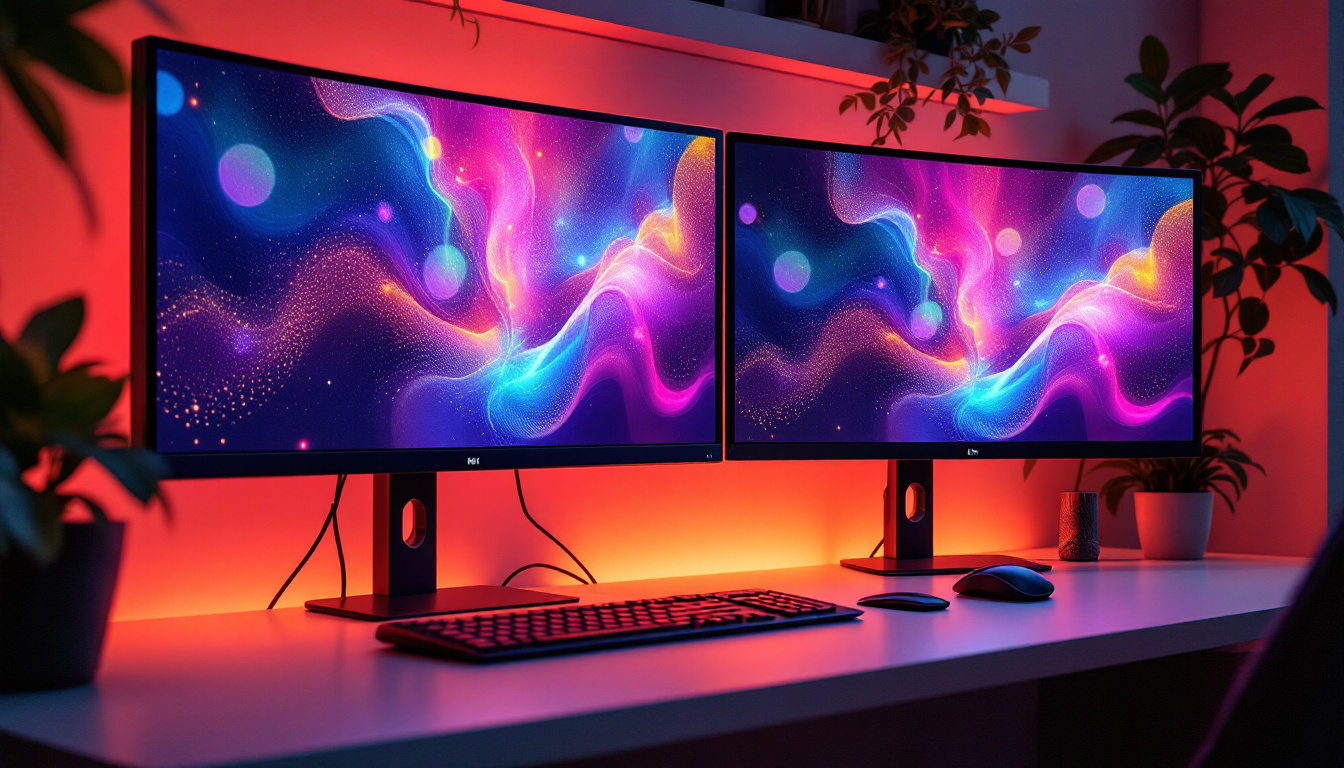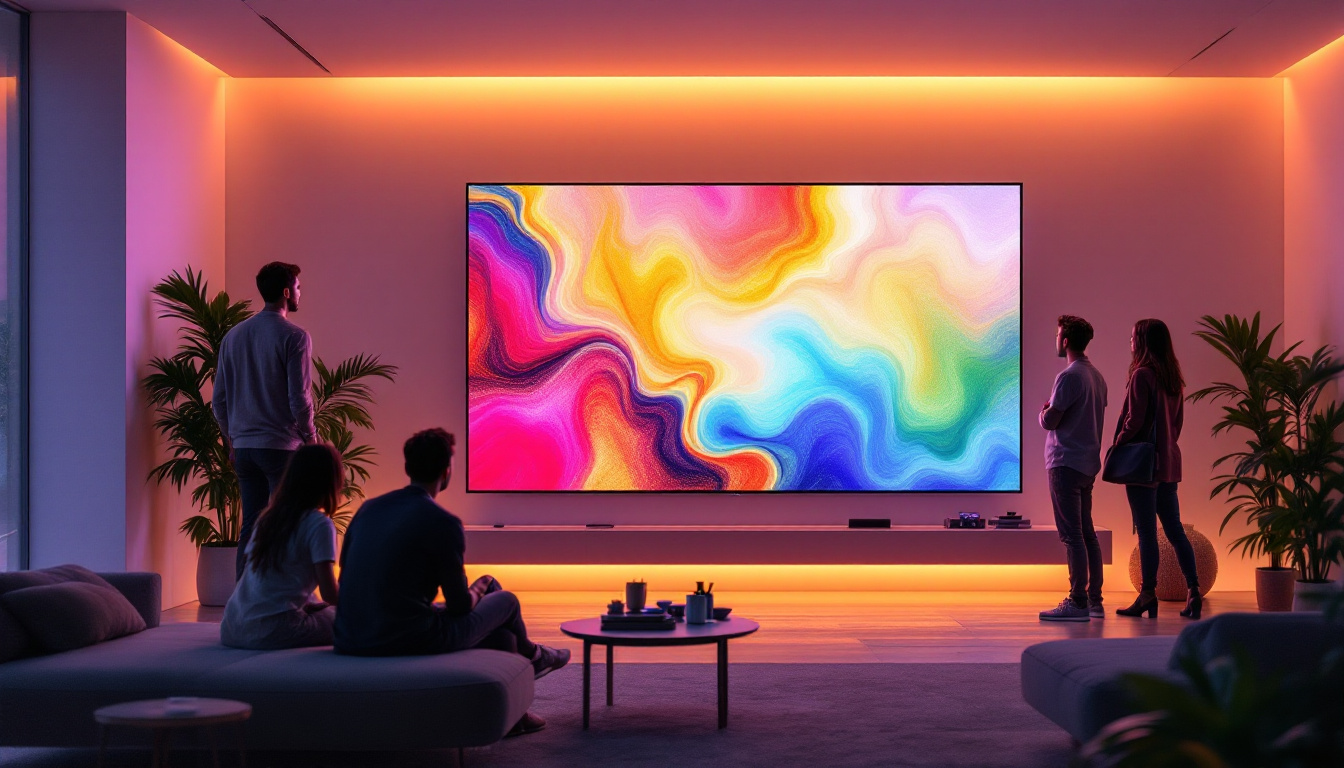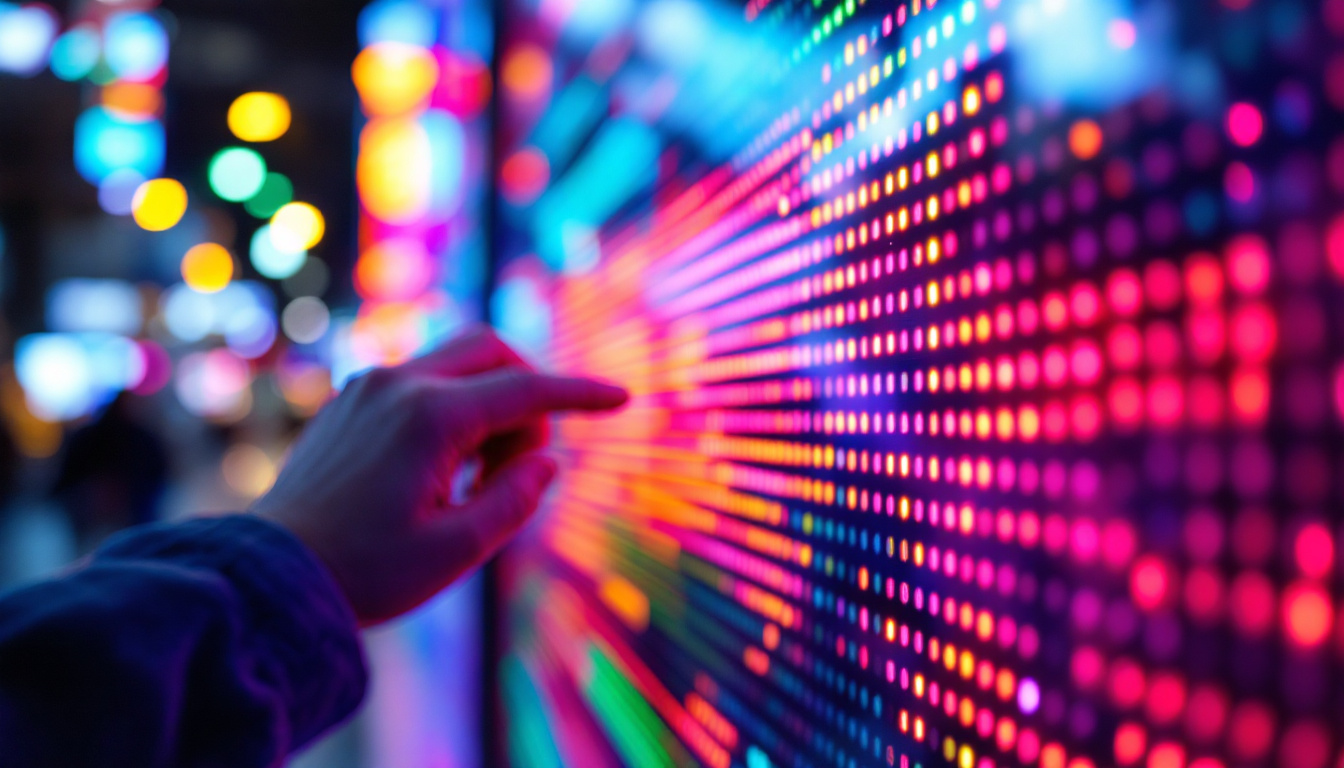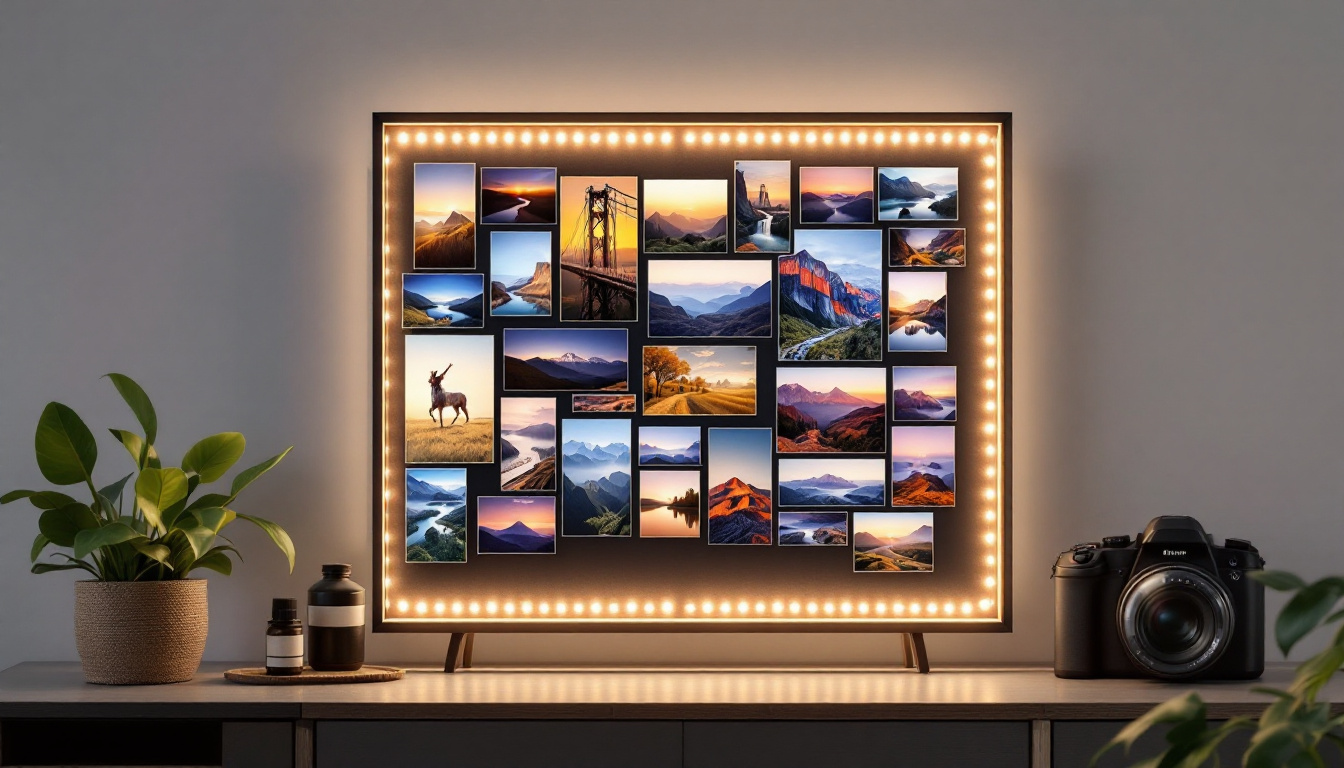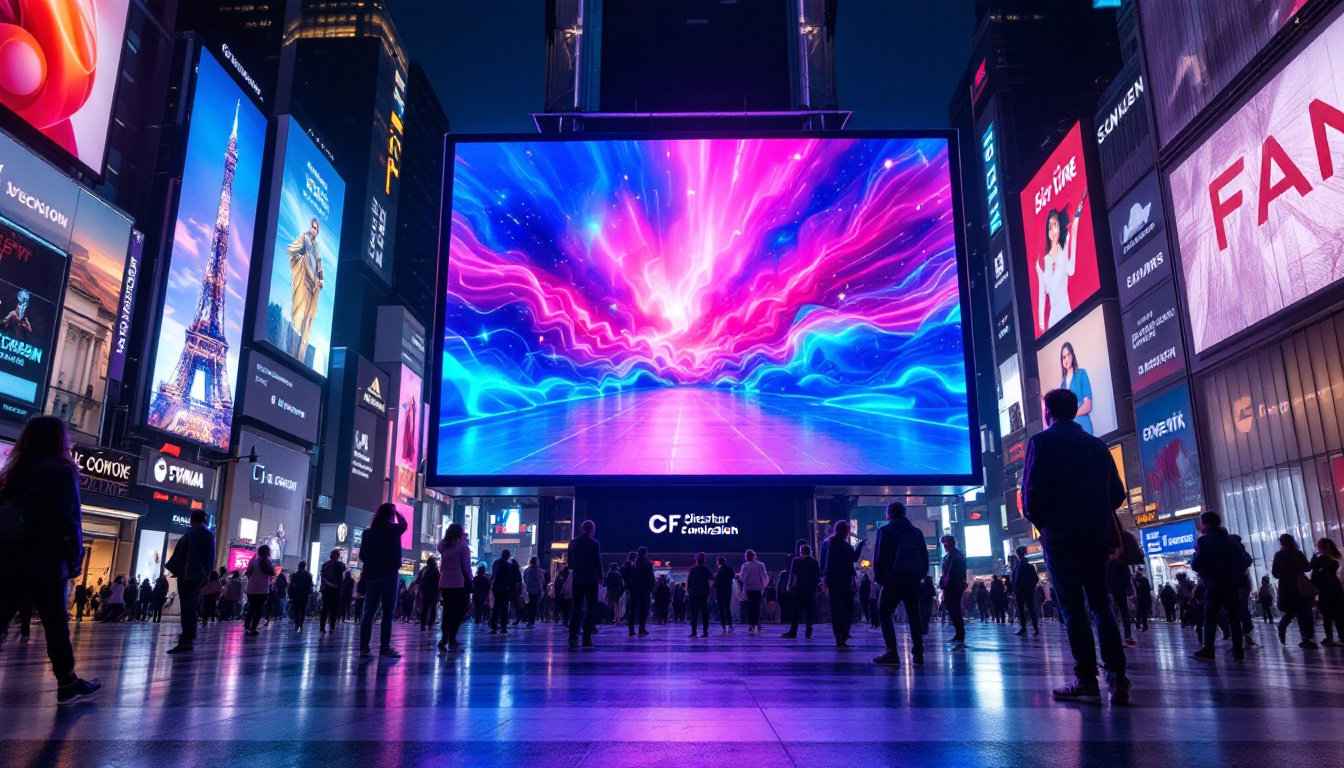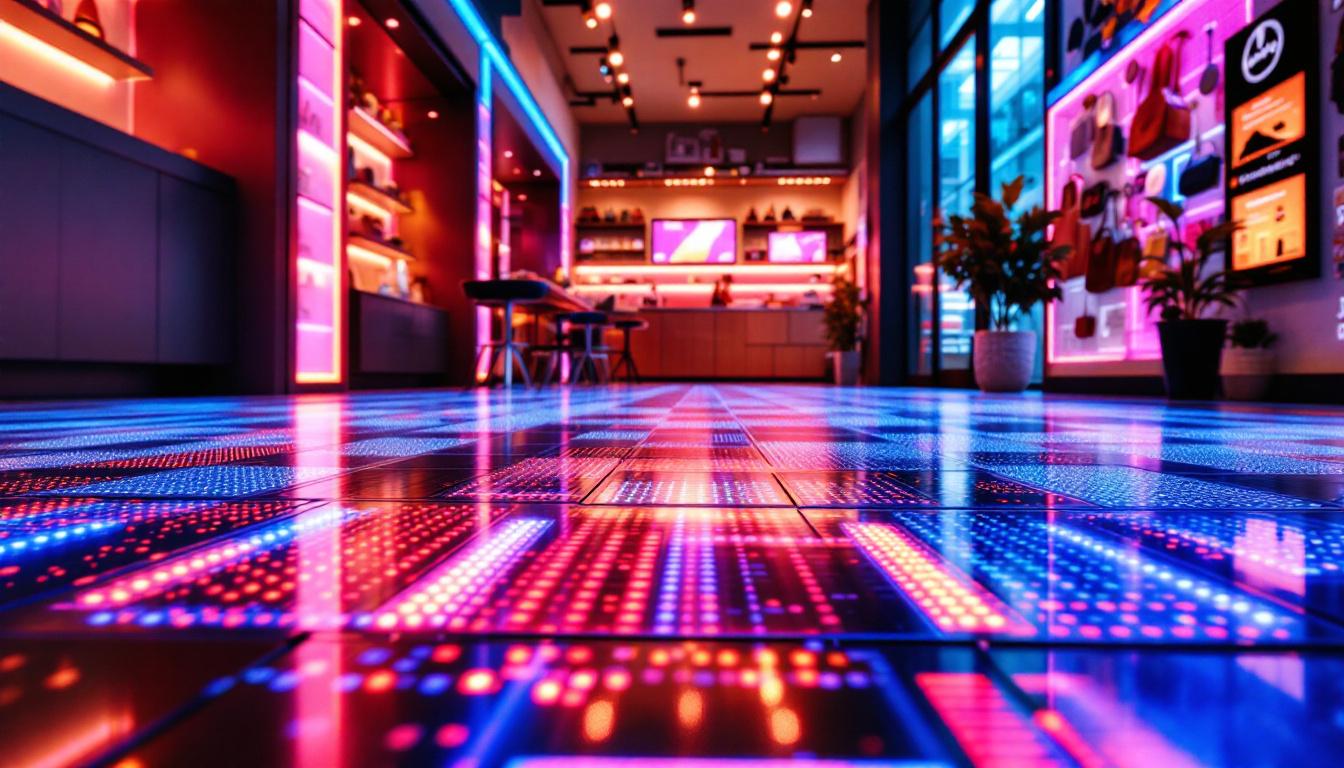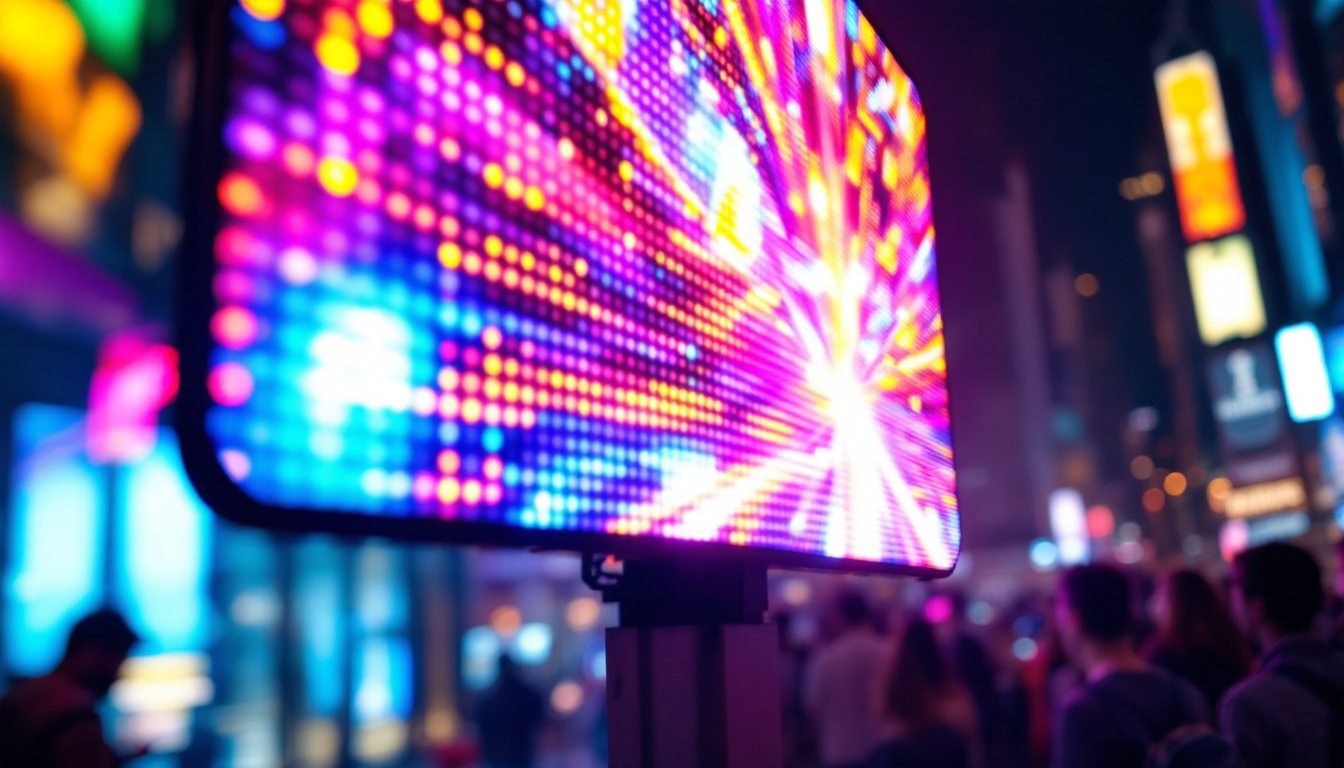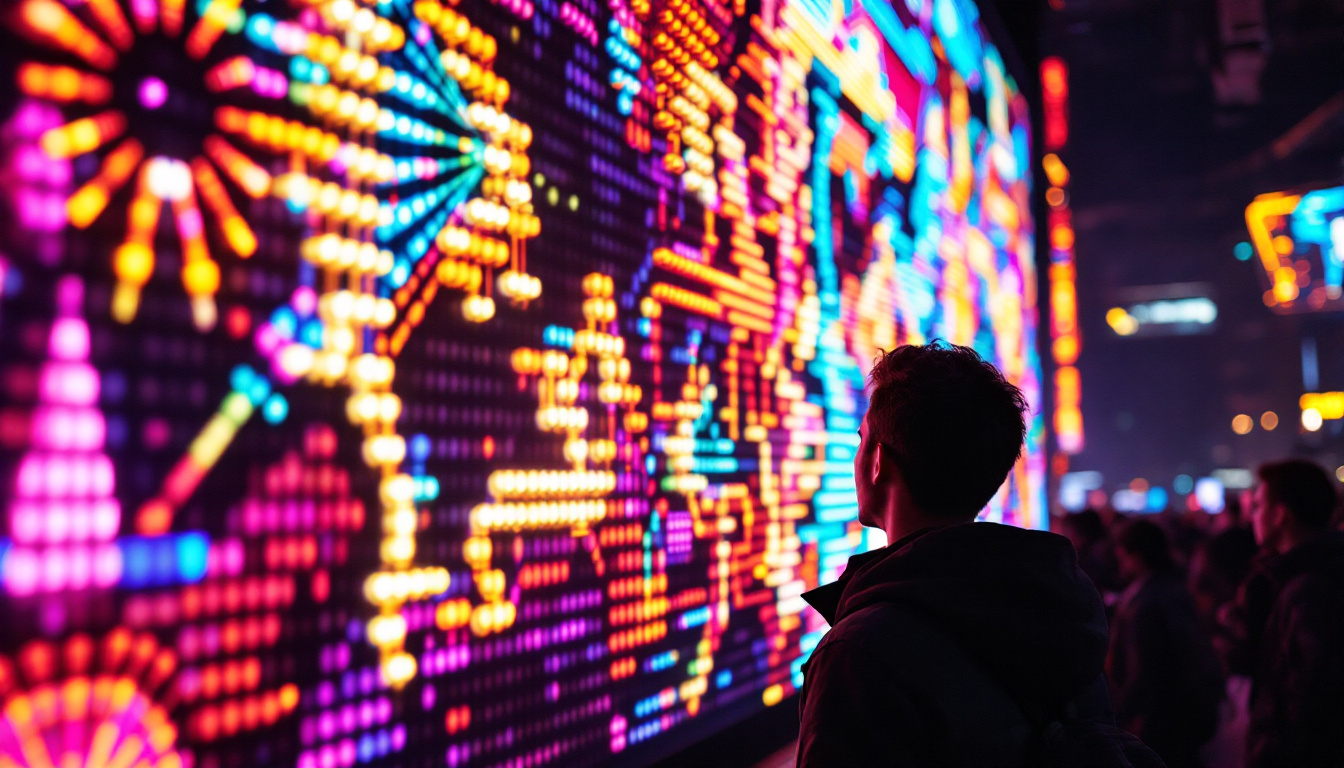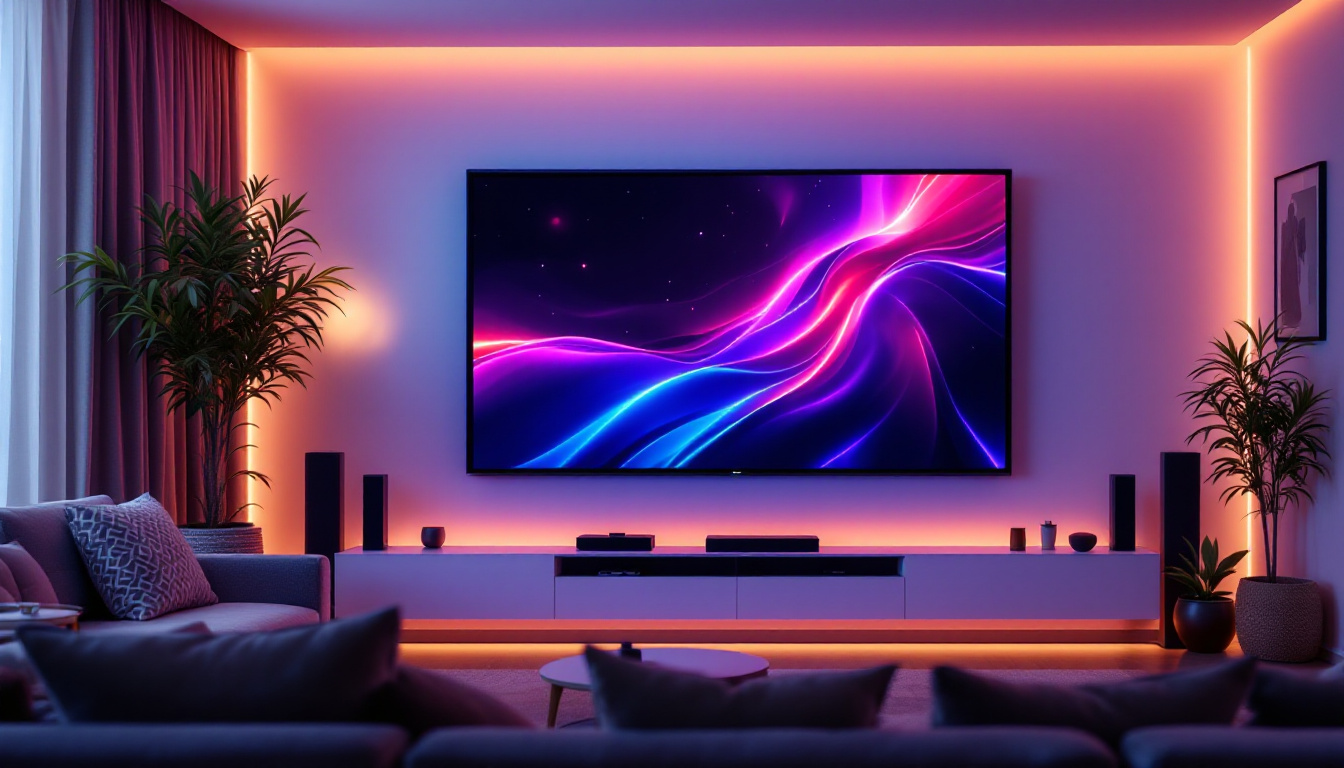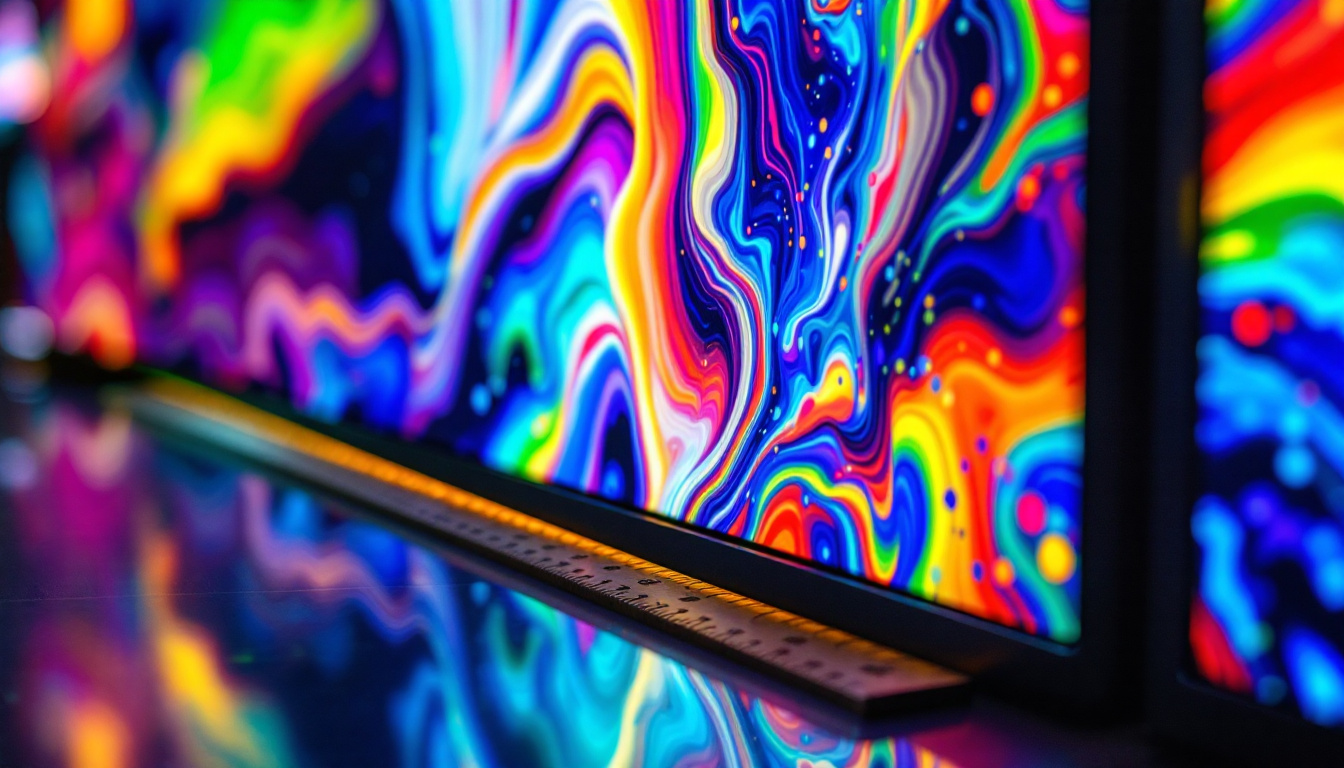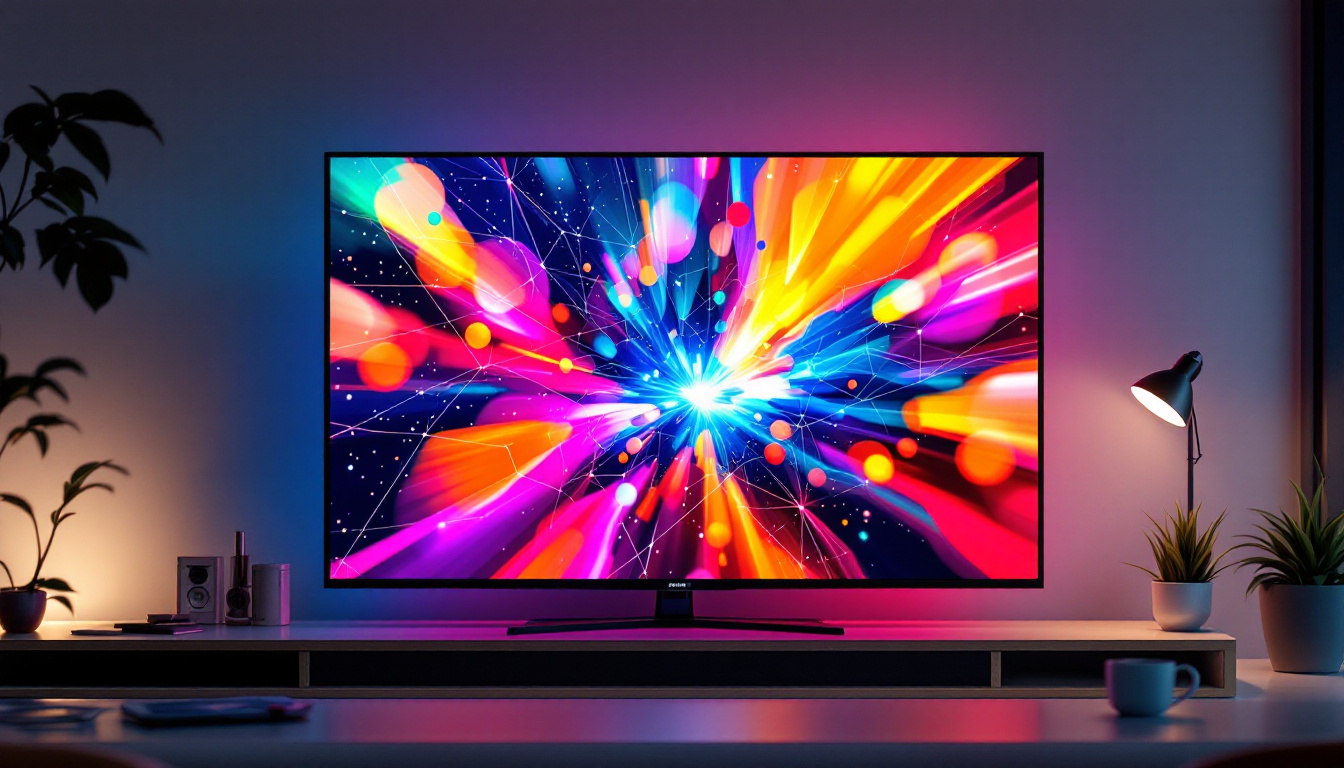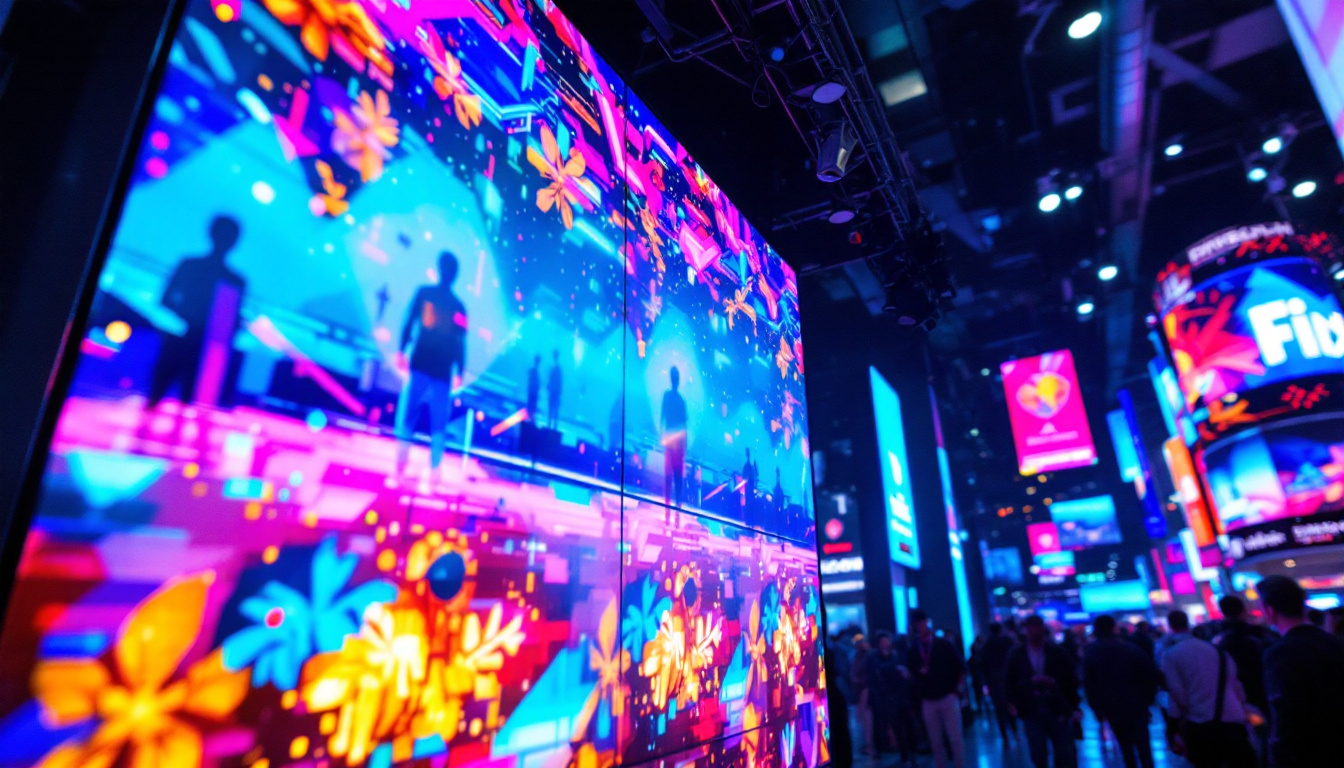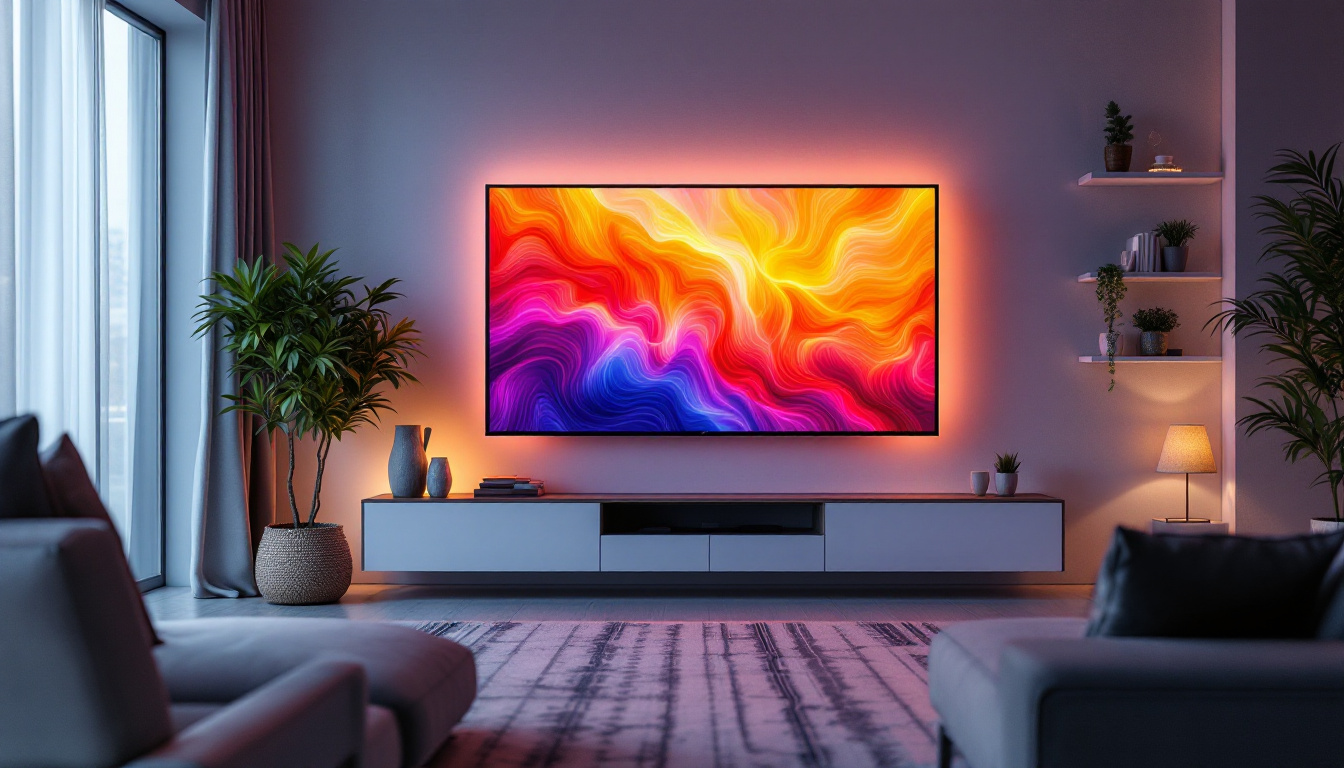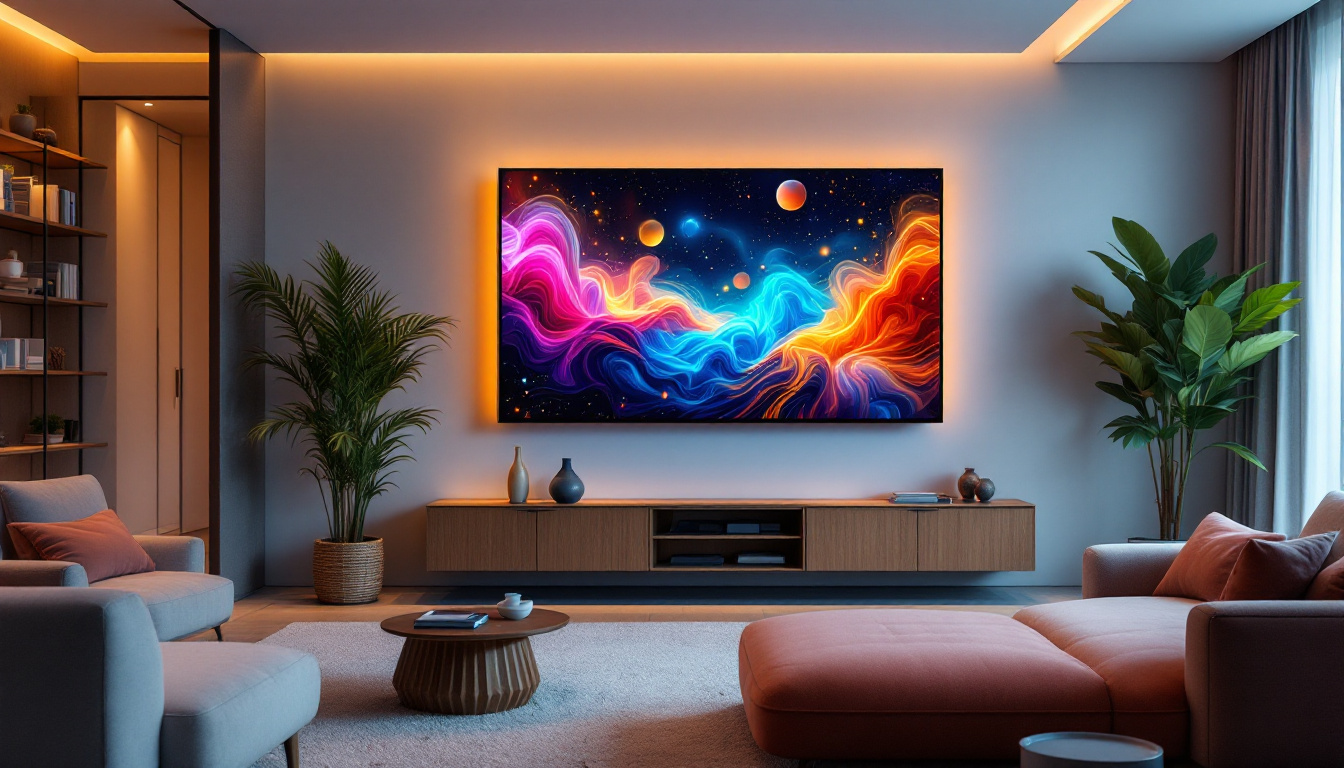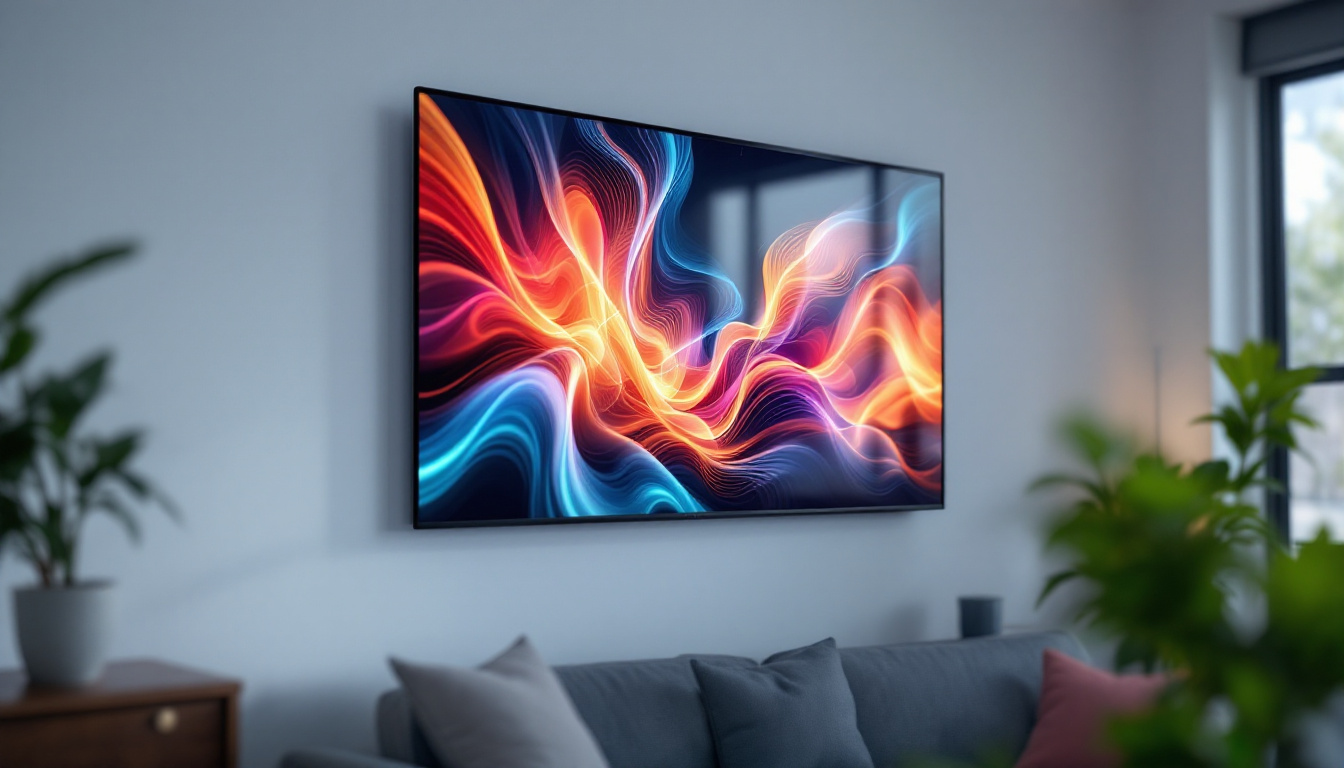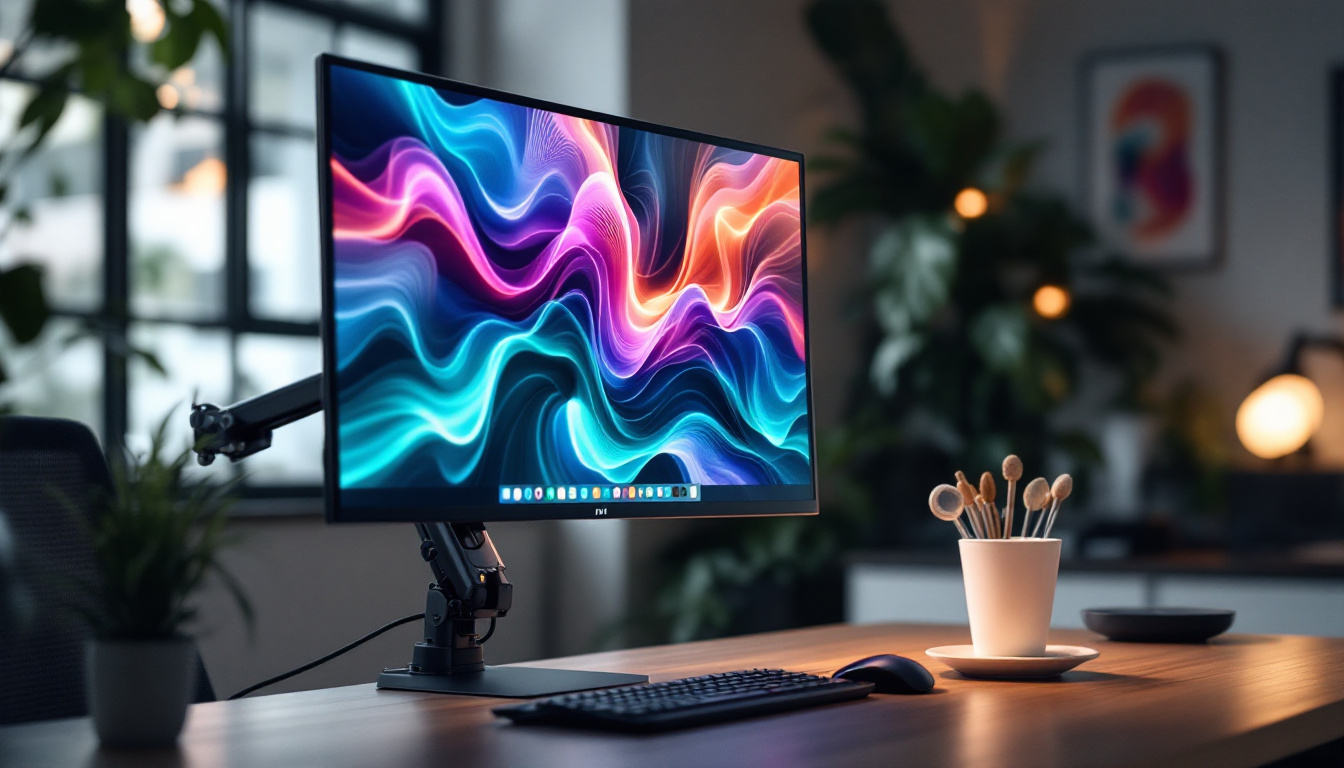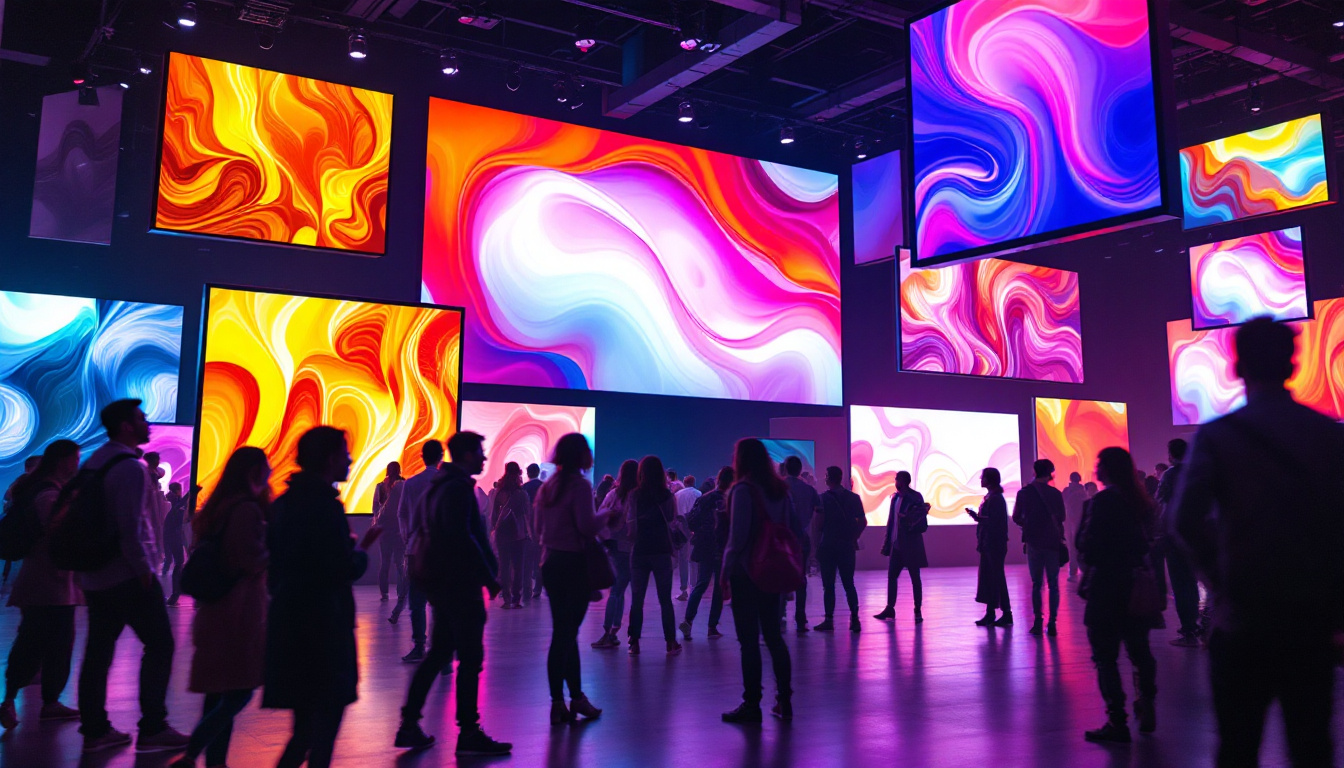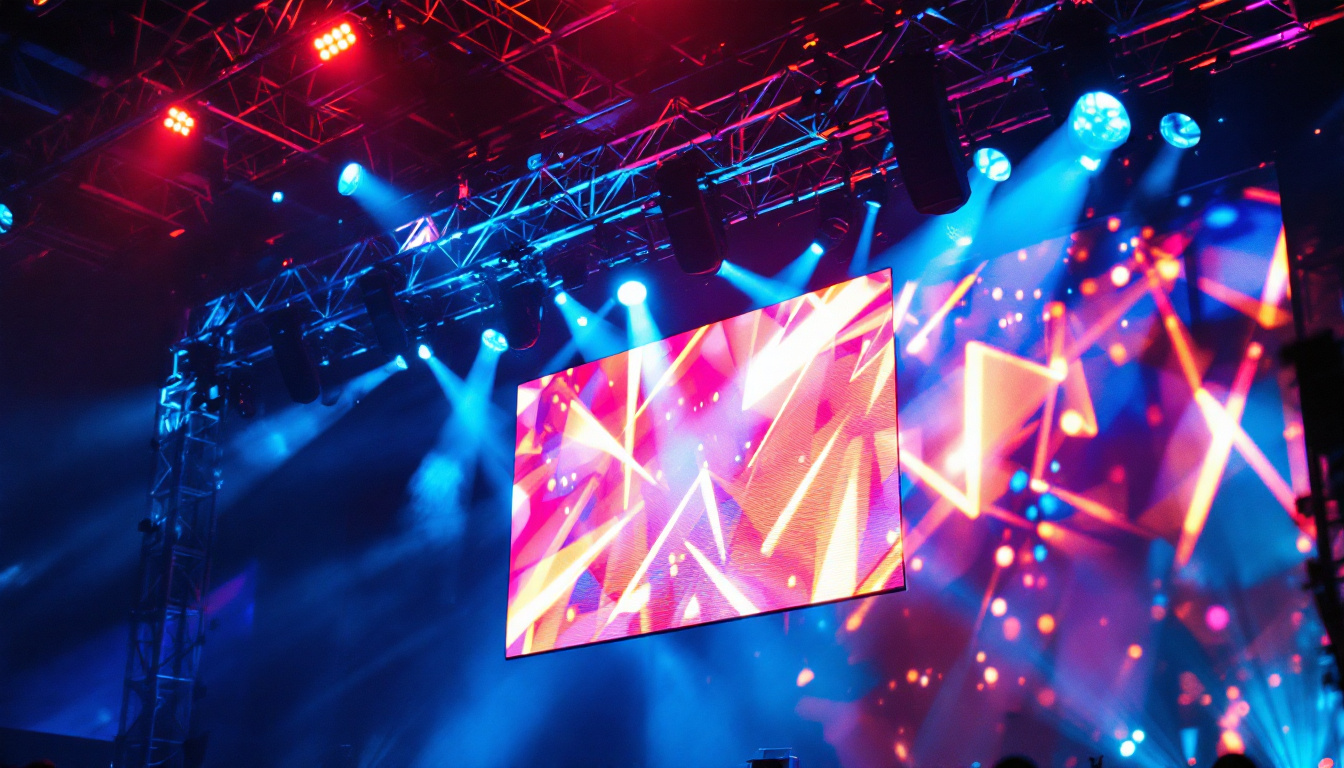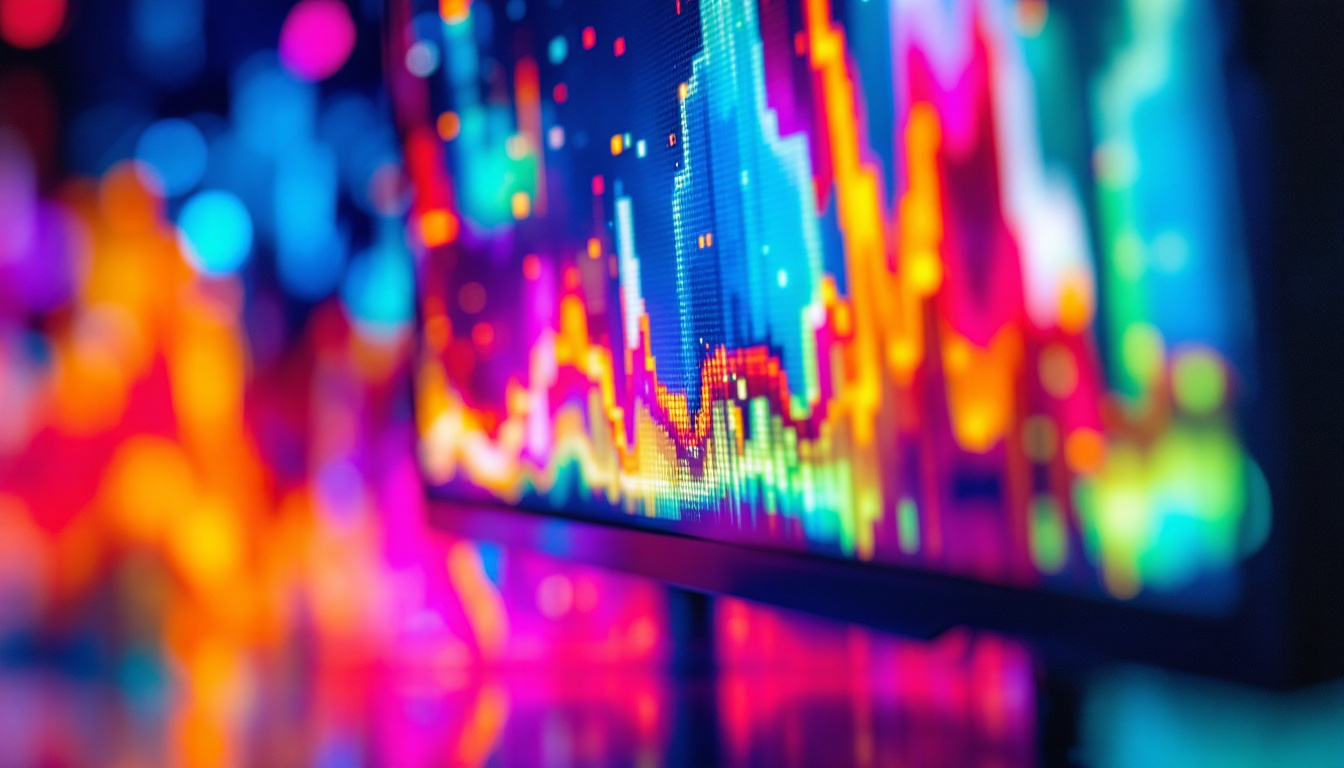In the ever-evolving world of technology, desktop monitors have undergone significant transformations, with LED displays leading the charge. As users demand better performance, higher resolution, and more vibrant colors, understanding the intricacies of LED technology becomes essential. This article delves into the features, advantages, and considerations of using a 21-inch LED desktop monitor.
Understanding LED Technology
LED, or Light Emitting Diode, is a technology that has revolutionized the way displays are created and viewed. Unlike traditional LCD monitors that utilize fluorescent backlighting, LED monitors employ an array of tiny diodes that emit light. This fundamental difference results in several benefits, including improved energy efficiency, brightness, and color accuracy.
The Basics of LED Displays
At its core, an LED display functions by illuminating pixels on the screen with light emitted from diodes. There are two primary types of LED displays: edge-lit and backlit. Edge-lit monitors have LEDs positioned along the edges of the screen, while backlit monitors feature a grid of LEDs behind the display. Each type has its advantages, impacting factors like thickness, brightness, and uniformity of color.
Moreover, advancements in LED technology have led to the development of organic LEDs (OLEDs), which utilize organic compounds to emit light. This innovation allows for even thinner screens and greater flexibility in design, paving the way for curved and ultra-slim displays that can fit seamlessly into modern aesthetics. OLEDs also offer superior viewing angles, as the light emitted is not restricted to a specific direction, making them an appealing choice for high-end televisions and smartphones.
Advantages of LED Displays
LED displays offer numerous advantages over traditional monitors. One of the most notable benefits is their energy efficiency. LED technology consumes significantly less power, making it an environmentally friendly choice. Additionally, LED monitors can achieve higher brightness levels, which is particularly beneficial in well-lit environments.
Another key advantage is the color accuracy and contrast that LED displays provide. With the ability to produce deeper blacks and more vibrant colors, these monitors enhance the overall viewing experience, making them ideal for graphic design, gaming, and multimedia consumption. This color precision is further enhanced in high dynamic range (HDR) displays, which can produce a broader spectrum of colors and greater contrast ratios, allowing for a more lifelike representation of images and videos. As a result, content creators and consumers alike are increasingly drawn to LED technology for its ability to deliver stunning visuals that captivate and engage viewers.
Key Features of 21-Inch LED Monitors
When considering a 21-inch LED monitor, several features come into play that can greatly influence user experience. From resolution to connectivity options, understanding these features is crucial for making an informed decision.
Resolution and Image Quality
The resolution of a monitor directly impacts the clarity and detail of the images displayed. Most 21-inch LED monitors come with either Full HD (1920 x 1080) or higher resolutions, such as 2560 x 1440 (QHD). A higher resolution allows for sharper images and more screen real estate, which is particularly useful for multitasking and detailed work.
Moreover, image quality is influenced by factors such as contrast ratio and color gamut. A higher contrast ratio improves the distinction between light and dark areas, while a wider color gamut allows for more accurate color reproduction. These elements are essential for professionals in fields like photography and video editing. Additionally, many monitors now feature advanced technologies like IPS (In-Plane Switching) panels, which provide wider viewing angles and better color consistency, making them ideal for collaborative projects where multiple people need to view the screen simultaneously.
Connectivity Options
Connectivity is another crucial aspect to consider when selecting a 21-inch LED monitor. Most modern monitors provide multiple input options, including HDMI, DisplayPort, and VGA. HDMI is often preferred for its ability to carry both audio and video signals, while DisplayPort is favored for its higher bandwidth capabilities, making it suitable for high-resolution displays.
Additionally, some monitors come equipped with USB ports, allowing users to connect peripherals directly to the monitor. This feature can streamline the workspace, reducing cable clutter and enhancing productivity. Furthermore, many monitors now support USB-C connections, which not only provide data transfer but also allow for charging devices, making them a versatile choice for users with laptops that support this technology. This adaptability is particularly beneficial for those who frequently switch between devices or require a simplified setup for presentations and meetings.
Ergonomics and Design
The design and ergonomics of a monitor can significantly affect user comfort and productivity. A well-designed monitor should not only look good but also provide adjustable features that cater to individual preferences. With the rise of remote work and home offices, the importance of ergonomics in monitor design has become increasingly apparent, as users seek to create a comfortable and efficient workspace that promotes well-being and focus.
Adjustability and Viewing Angles
Many 21-inch LED monitors come with adjustable stands that allow users to change the height, tilt, and swivel of the display. This adjustability is crucial for maintaining a comfortable viewing position, reducing neck and eye strain during extended use. Furthermore, monitors with wide viewing angles ensure that colors remain consistent and accurate, even when viewed from the side. Some advanced models even offer features like pivoting capabilities, allowing users to switch between landscape and portrait orientations, which can be particularly beneficial for tasks such as coding or reading long documents. This versatility not only enhances comfort but also boosts productivity by allowing users to tailor their setup to their specific needs.
Aesthetics and Build Quality
The aesthetic appeal of a monitor can enhance the overall look of a workspace. Sleek designs with thin bezels not only provide a modern touch but also maximize screen space. Additionally, build quality is important for durability; a well-constructed monitor can withstand daily use without compromising performance. Many manufacturers are now incorporating premium materials such as aluminum and high-grade plastics to ensure longevity while maintaining a lightweight profile. Moreover, features like cable management systems can help keep workspaces tidy and organized, further contributing to a visually pleasing environment. As consumers become more design-conscious, the integration of customizable RGB lighting and unique stand designs is also gaining popularity, allowing users to express their personal style while enjoying a functional workspace.
Choosing the Right 21-Inch LED Monitor
With a plethora of options available in the market, selecting the right 21-inch LED monitor can be daunting. However, by considering specific criteria, users can narrow down their choices effectively.
Intended Use
The first step in choosing a monitor is to determine its intended use. For gamers, features such as a high refresh rate and low response time are essential for an immersive experience. On the other hand, professionals in graphic design may prioritize color accuracy and resolution. Understanding the primary use case will guide the selection process.
Budget Considerations
Budget is often a deciding factor when purchasing a monitor. While high-end models may offer advanced features, there are many mid-range options that provide excellent performance without breaking the bank. It’s important to balance features with budget constraints, ensuring that the chosen monitor meets both needs and financial limits.
Maintenance and Care for LED Monitors
Proper maintenance of a 21-inch LED monitor can extend its lifespan and ensure optimal performance. Regular care is essential for maintaining image quality and preventing potential issues.
Cleaning the Screen
Cleaning the monitor screen is a straightforward task that can significantly enhance viewing quality. It is advisable to use a microfiber cloth and a gentle cleaning solution specifically designed for electronics. Avoid using harsh chemicals or abrasive materials, as these can damage the screen’s surface.
Calibration for Optimal Performance
Calibrating the monitor can improve color accuracy and overall image quality. Many monitors come with built-in calibration tools, or users can opt for third-party calibration devices. Regular calibration ensures that colors remain true to their intended appearance, which is particularly important for creative professionals.
Future Trends in Monitor Technology
The landscape of monitor technology is constantly evolving, with new advancements on the horizon. Understanding these trends can help users make informed decisions about their future purchases.
Higher Resolutions and Refresh Rates
As technology advances, higher resolutions such as 4K and even 8K are becoming more accessible. These resolutions offer unparalleled detail and clarity, enhancing the viewing experience for both work and entertainment. Coupled with higher refresh rates, these monitors can provide smoother visuals, making them ideal for gaming and fast-paced content.
Increased Connectivity and Smart Features
Future monitors are likely to incorporate more connectivity options, including wireless capabilities. Smart features, such as integrated apps and cloud connectivity, are also gaining traction, allowing users to access content and applications directly from their monitors without the need for a connected computer.
Conclusion
The 21-inch LED desktop monitor represents a perfect blend of performance, efficiency, and aesthetics. With advancements in technology, these monitors offer a range of features that cater to various user needs, whether for gaming, professional work, or casual use. By understanding the intricacies of LED technology, users can make informed decisions that enhance their computing experience.
As the demand for high-quality displays continues to rise, staying informed about the latest trends and features will ensure that users select the right monitor for their needs. Whether upgrading an existing setup or investing in a new monitor, the benefits of LED technology are undeniable, paving the way for a brighter and more vibrant digital future.
Discover LumenMatrix’s Innovative LED Solutions
Ready to experience the pinnacle of LED display technology? LumenMatrix is at the forefront of innovation, offering a wide array of LED display solutions tailored to your needs. From Indoor and Outdoor LED Wall Displays to specialized options like Vehicle, Sports, and Floor LED Displays, LumenMatrix has the perfect solution to elevate your visual communication. Embrace the future with our Custom, All-in-One, and Transparent LED Displays designed to captivate and engage. Don’t miss out on the opportunity to transform your space with unparalleled clarity and impact. Check out LumenMatrix LED Display Solutions today and bring your vision to life.

